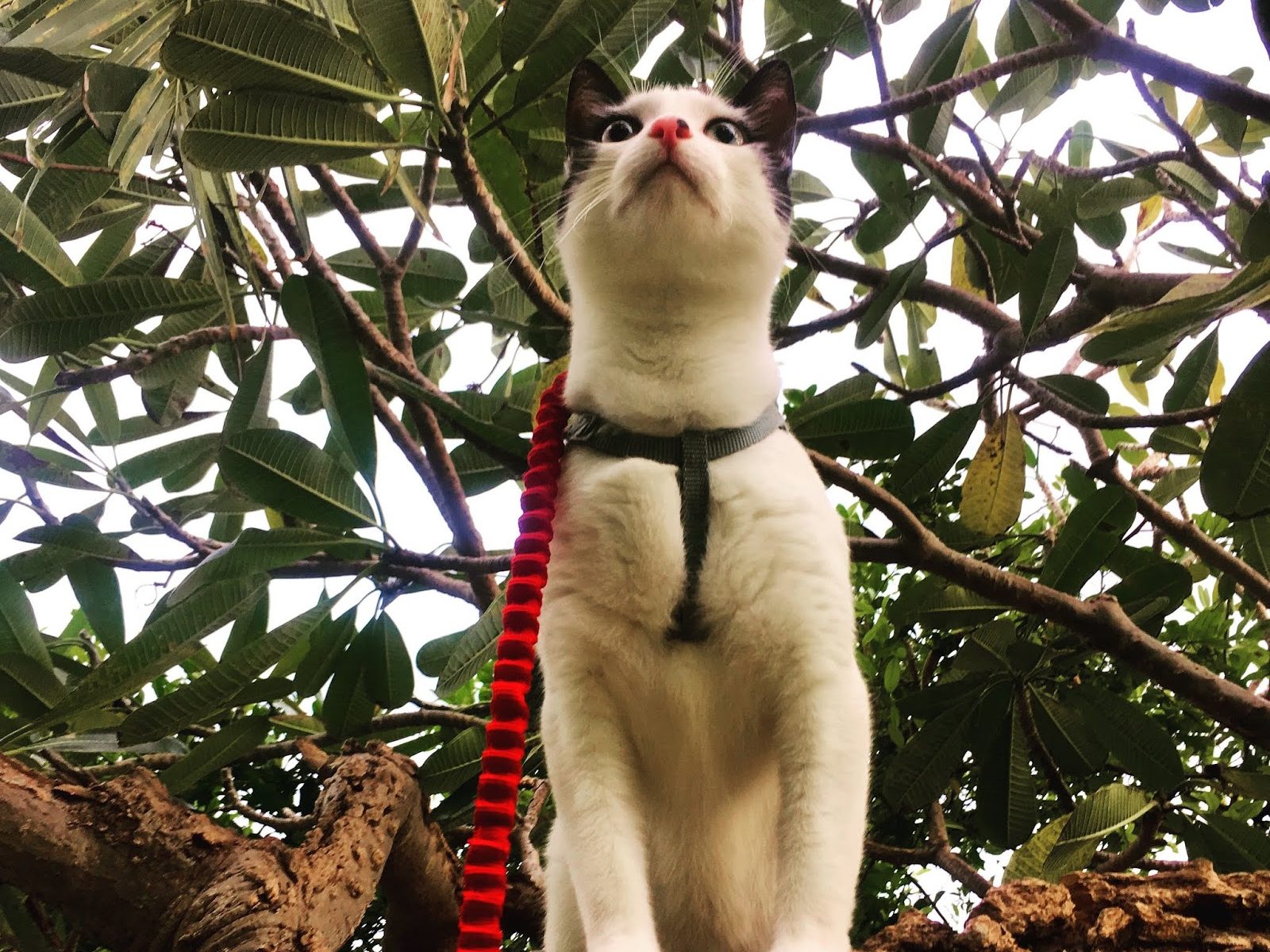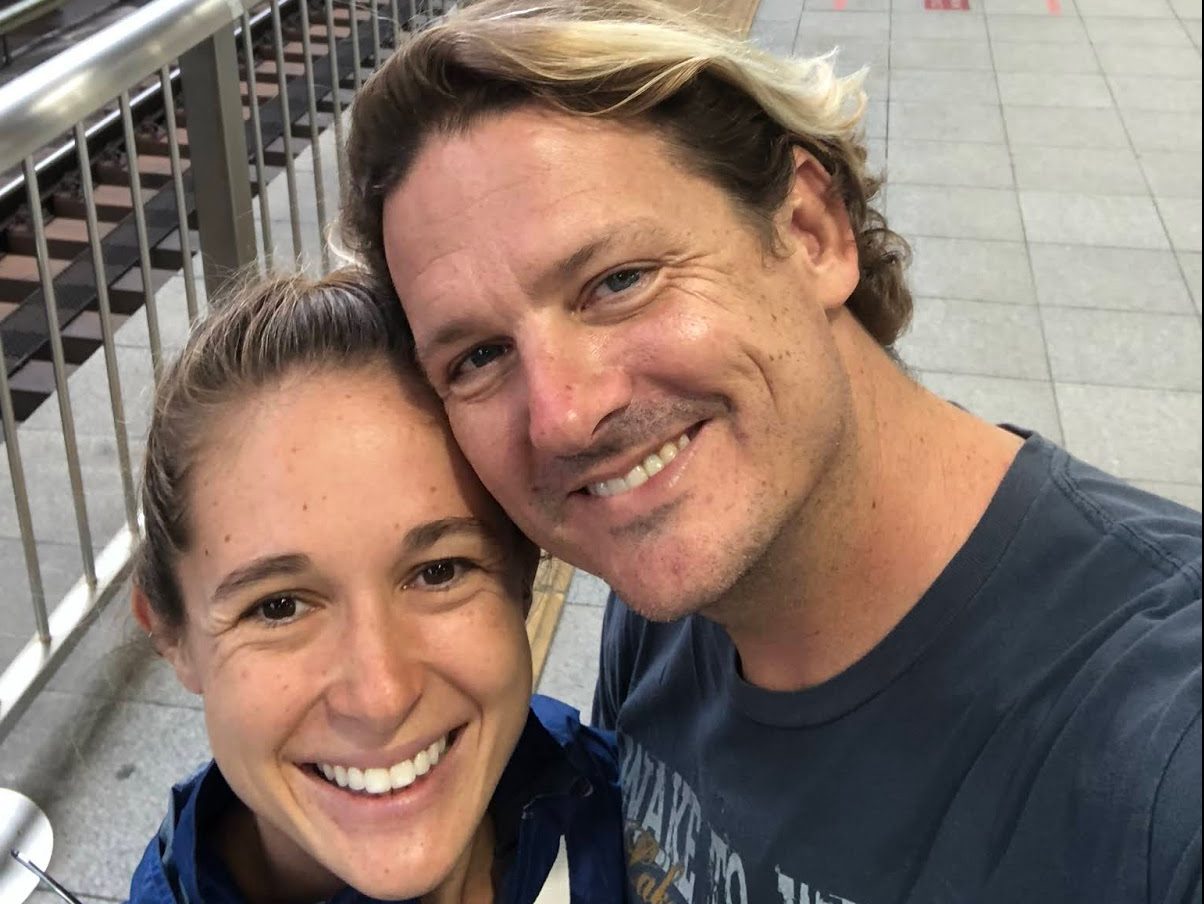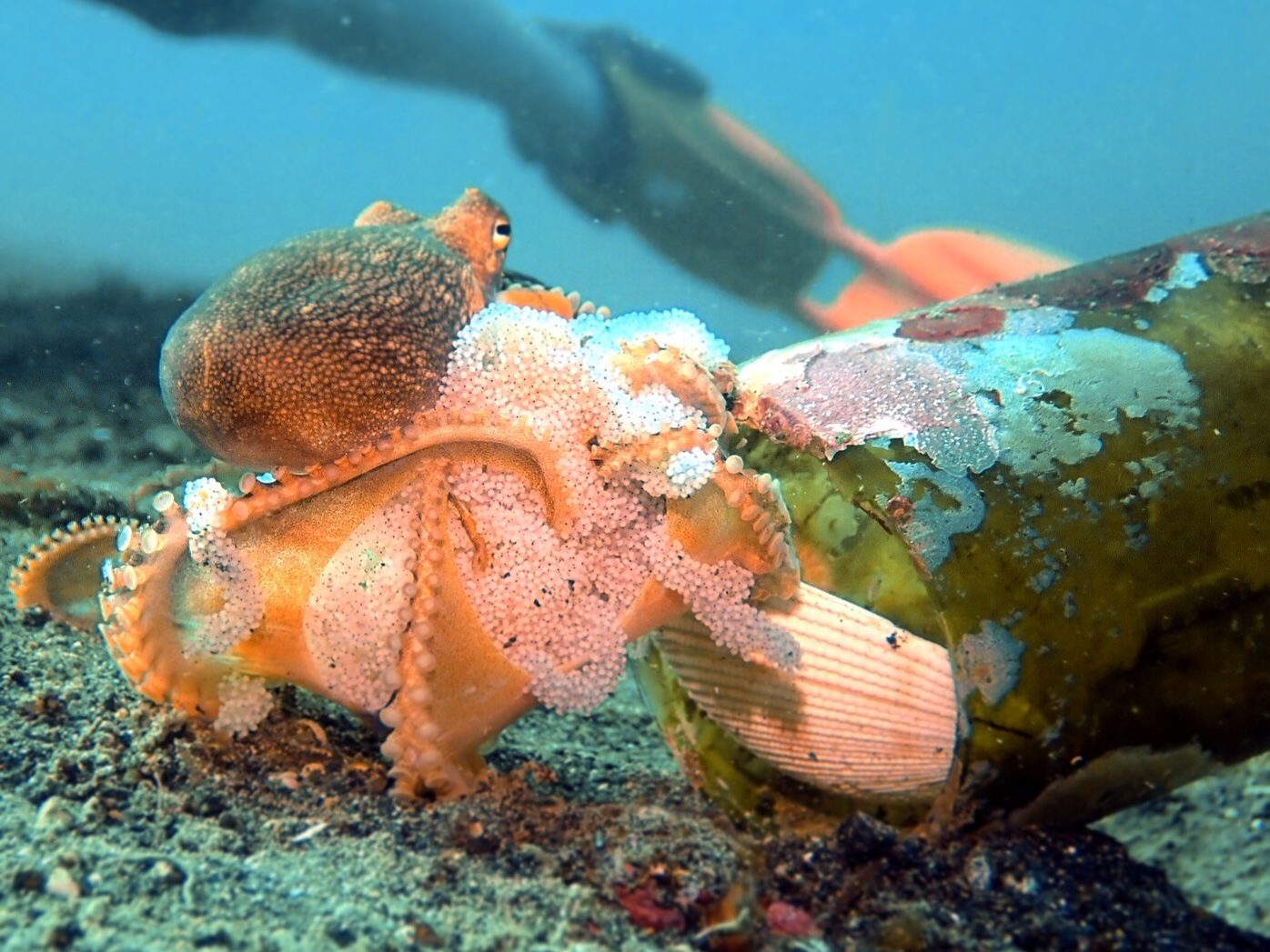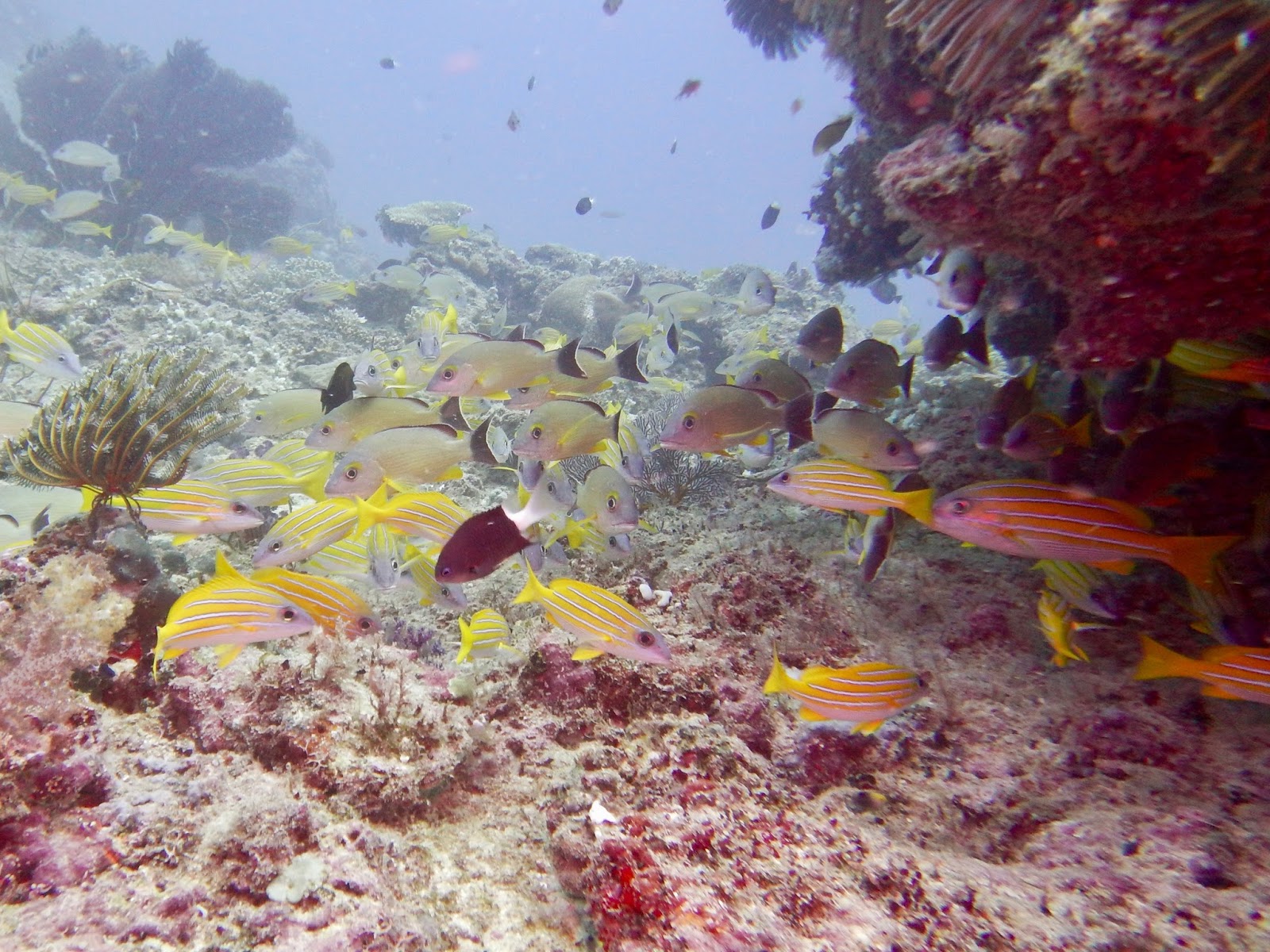
Travels with a Cat
Ratu Kitty Cooper, the fuzzy, wide-eyed weirdo you see in the photo below, became an essential part of our lives in Fiji, and it soon became apparent that we would have to bring him with us when we left. Almost two years previous, we had scooped Kitty up from the beach and saved him from malicious dogs on condition that he rid the apartment of rats for us. He had managed to not only rid the apartment of anything that moved, but to cuddle his way into our hearts, making it impossible for us to just leave him to mouse for the next tenants.
 |
| Ratu Kitty Cooper going through an existential crisis as we are packing up. |
We had to jump through a lot of hoops to get Ratu Kitty Cooper from Fiji to the US. I was able to find only very limited information online during the process, so hopefully this will help anyone who is trying to go through a similar situation.
Initial Research on Entering the U.S. with an Animal
To enter the U.S. with a pet, it has to have:
- a microchip
- a rabies vaccination
- and be spayed or neutered.
Some individual states may also have their own requirements. A simple google search for “importing a pet cat into Colorado” revealed that the state of Colorado had no additional requirements.
Ordering the Requirements From the Vet
We contacted the vet in Fiji and asked them to order in a microchip and a rabies shot. Both of these items had to be special ordered from Australia, as Fijians don’t really keep pets, rendering the market for microchips nonexistent. Fiji is also a rabies-free country, so the vaccines aren’t necessary to keep on hand either.
Researching Airlines that Allow Pets in the Cabin
Airlines all have different rules regarding pets, and we had to find the shortest route that would allow us to bring the cat.
Fiji Airways doesn’t allow animals to be transported in the cabin, so unfortunately we wouldn’t be able to use their direct flight from Nadi to San Francisco.
The next route was the one we usually took, from Nadi to Seoul, to San Fran, and finally to Denver, usually totaling 24 hours of flying, not including the layovers. That’s a lot to put a cat through, so we put that idea on the side-burner and did some research into companies that specialized in relocating pets from place to place for families in the process of moving.
Researching Pet Relocation Services
The company I found that claimed to service Fiji, was very responsive to my emails at first, but eventually I stopped receiving any replies. After several more attempts on my end, the lady finally let me know that the company she was trying to work with in Fiji had stopped responding to her. Knowing all too well what “Fiji time” could mean, I demoted that plan to the bottom of the list and went back to trying to figure out how to carry Cooper with us.
Contacting the Local Biosecurity Authority
Biosecurity Authority Fiji was actually very helpful, and had a detailed flowchart on their website outlining all the steps one must go through to export an animal from Fiji (which you can find here).
What ensued was a long chain of emails between myself and the various Biosecurity people, and the vets at the animal clinic. Biosecurity informed us that they would have to administer an internal and external parasitic treatment, that we would have to obtain ourselves from the vet.
Parasitic Treatment
We made the arrangements to pick up the internal and external parasitic treatment from the vet, and brought it over Biosecurity to administer during his final examination. This needed to be completed sometime within the ten days before the date of our flight.
Remember we had been living on an island, one with two boats regularly making the hour-long trip back to the mainland. We knew from previous experience that bringing pets on the big ferry, the South Sea Cruise was prohibited (oops), so that left our own resort’s transfer boat that left once a day, which meant we’d have to make an overnight stay. Trying to arrange the time off of work, plus an overnight stay, plus a time that would work with both the vet and the Biosecurity office took about 20 back and forth emails.
Contacting the Airlines
We couldn’t find any better route options than our usual itinerary through South Korea, so we called Korean Airlines to see what we had to do to bring a cat on board. It’s a good thing we called early on, because they only allow one pet in the first class area, and three in economy. We had so many miles saved up from back and forth travel at the end of every vista, that we had enough miles to cash in for first class tickets all the way home. Kitty got the one lucky pet spot in first class on both flights.
All pets traveling in the cabin on Korean have to weigh under 5 kilograms with their carrier. Kitty was pushing 6 just on his own, So in the month leading up to our departure, his food bowls became much smaller and his favorite treat game came to a stop. I’d also let him outside on his leash and harness at the end of the day and let him wander around the hillside while I followed. He really enjoyed that, and it was nice to see some parts of the island that I never would have bothered trekking through otherwise. This was also when Survivor was filming, cutting off access to half of the island for us, so wandering through the woods where there were no paths and no security guards to turn us around was very satisfying.
| Kitty’s Flight Body Bootcamp |
Contacting the Airports
In the days before our departure, I had to call each individual airport to see if they had any requirements for a cat arriving internationally. Korean airport did not care since we would not be leaving the transit area. Once at Incheon Airport, I hoped we would be able to let Kitty out of his carrier, but looking around, couldn’t find any rules and didn’t see any of the other small frou frou dogs out of their carriers.
When I called, San Francisco airport made a big fuss over asking what food we would be bringing into the country for him. Would it be sealed? Would it still have its original label? I made a mental note to chuck whatever food we were traveling with before crossing the border, so as to avoid any hassle. After the food questions were through, I asked about the actual cat again, wondering if this food and agriculture department only dealt with food and I had yet another person to talk to. No, I was on the right line. The guy said crossing the United States border with my foreign mutt we picked up off the beach wouldn’t be a problem. Strange country. After all the months of preparation to get him out of Fiji, waltzing into my home country with him wouldn’t be a problem.
Choosing the Right Carrier
Kitty was losing a little bit of weight, but not nearly enough. We already had an airline-approved pet carrier for him, but decided we could find one that wasn’t as heavy. There are not many pet products to be found in Fiji, but luckily at the New World Supermarket (the only grocery store in Nadi that specialized in Western foods) there was a small pet section in the back corner. They had one pet carrier available, but it just happened to be one where the supports that gave the soft carrier its rigidity were removable, making it much lighter. We could remove the supports for his weigh-in and then replace them.
It is also worth mentioning that everything I read recommended leaving the carrier out for our pet to get acquainted and comfortable with prior to travel. The carrier should be a safe haven during all of the turmoil, not a new and confusing enclosure.
Finding Pet-Friendly Hotels
We also had to find a hotel that would allow the cat to stay with us for the night on the mainland before our flight. Fijians have a different culture when it comes to animals. Very few keep pets inside the houses like we do in the US. Animals inside the home are considered dirty. Instead, the cats and dogs basically run wild while their families leave out the food scraps for them to live off of. Since animals are considered dirty in the house, you can imagine there aren’t any pet-friendly hotels to be found.
We asked the vet and she recommended a Stoney Creek Resort not too far from the airport. The lady who ran the place turned out to be the Fijian equivalent of the crazy cat lady, except extend cats to all animals. She expressed some concern when we inquired into the possibility of staying at her resort with our cat, probably thinking that we were just some tourists who had picked up a stray mutt off the beach and had no idea what we were doing with it. She relaxed a bit though after we took the time to sit down and meet all of her furry friends. She was definitely eccentric, but we were grateful to her for being able to bring Chief Kitty.
Final Inspection and Certification
Kitty had his final inspection at the Biosecurity office a couple days before our departure. They administered his parasitic treatment, and then wrote him out a very nice certificate. Since we had all of our ducks in a row, traveling with him went about as smoothly as we could have hoped for.
Travel Day
On our travel day, Kitty was in his carrier, with his harness on and his leash in the side pocket. We had a little waterproof mattress pad in there as an extra precaution, and one empty bowl. We had brought him on the boat before and he had been polite enough to spew into the bowl when he got motion sick. My carry-on bag was all pet wipes and towels and cat food. 24+ hours of traveling ahead, and no access to a litter box… I was trying not to imagine what sort of messes I would be cleaning up.
 |
| First Class on Korean Air |
Going through security in Seoul was a little bit of a pain as we were the only ones in line and so the security agents kept trying to tell us what to do when we had the process down by that point. We knew we had to take the cat out of the carrier to walk through the metal detector, but that isn’t until about step 3 or 4. It’s better to pull out your liquids and electronics first while your hands are still free. Security kept asking us to remove him from the carrier though, and then we were stuck trying to unload our bags with a cat in one arm trying to get free. Can’t argue with security though.
US Customs with a Cat
Marching into the US with Kitty was a joke. Keeping the phone conversation about the food in mind, as soon as we landed, I went into the bathroom and threw the remainder of his food into the trash. Then we went to the customs line. The dude saw the ‘yes’ on the form for the animal and immediately asked where his food was. I replied that I had disposed of it already. He asked where.
“In the bathroom trash back there.”
He gave me a look and said that unfortunately, that was not the appropriate place to dispose of it.
There was a moment of awkward silence before I asked if he would like me to go retrieve it. He said “Yes, that would probably be for the best.”
So he escorted me back to the lady’s bathroom where I did my best to scoop whatever cat food I could find out of the bottom of the airport trash bin without thinking about what else my hands were coming into contact with. Then I scrubbed my hands in the sink for much longer than was probably necessary, but there is really no washing your hands enough after that sort of experience.
The customs agent marched me back to the customs area and disposed of the cat food in his appropriate container, then waved us away. We asked if he wanted to see the cat, or the cat’s paperwork. Again he just gave us a dismissive wave. Apparently escorting me away from his work station was as much work as he wanted to do for the day.
United Airlines
United Airlines was a breeze with the cat. Unfortunately they’ve gotten a lot of bad press recently, because of a few very sad incidents. No one ever reports all the success stories though. Kitty got a bright yellow tag to identify him as a live animal, and no one laid a finger on him or said a word about him. He sat quietly under the seat in front of me the rest of the journey back to his new home in Colorado, ecstatic that he wouldn’t have to go into the overhead bin for takeoff and landing like Korean had made him do.
Airport Pet Relief Areas
With regards to relief areas, there were none at the Incheon Airport in South Korea, so Fletch brought him into a bathroom stall and let him wander around for a while to stretch his legs. San Francisco Airport had several pet relief areas, but unfortunately we didn’t jump on the one when we exited the plane, and then ended up in a terminal with no relief areas after security. So I did the same thing, and looked for a family bathroom and let kitty loose inside for a little while.
Home at Last
When we finally landed in Denver and let Kitty out of the bag for the final time, he stretched around into more shapes than I knew a cat could contort itself into. He was a champ through the entire process and I never even had to clean up a mess.
| Celebratory Touchdown Yoga |






